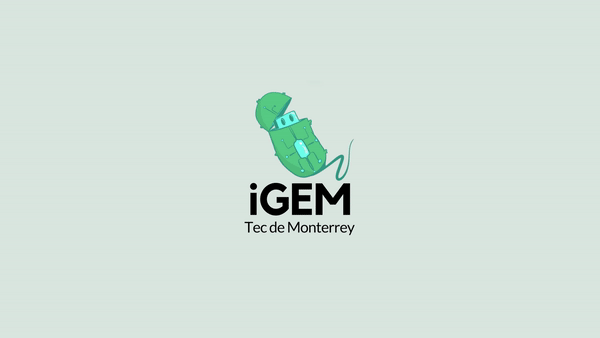EstebanDLPT (Talk | contribs) m |
EstebanDLPT (Talk | contribs) m |
||
| Line 3: | Line 3: | ||
<head> | <head> | ||
<style> | <style> | ||
| + | .masthead { | ||
| + | background: url(https://static.igem.org/mediawiki/2018/a/a2/T--Tec-Monterrey--Header_Description.jpg); | ||
| + | background-size: cover; | ||
| + | background-repeat: no-repeat; | ||
| + | } | ||
.container-description { | .container-description { | ||
width: 85%; | width: 85%; | ||
| Line 41: | Line 46: | ||
<!-- Header --> | <!-- Header --> | ||
<header class="masthead" id="page-top"> | <header class="masthead" id="page-top"> | ||
| − | |||
| − | |||
| − | |||
| − | |||
| − | |||
| − | |||
| − | |||
| − | |||
| − | |||
| − | |||
| − | |||
| − | |||
</header> | </header> | ||
Revision as of 16:55, 17 October 2018









